How Asphalt Contractors Reuse Striped Asphalt
The reuse of striped asphalt represents a vital intersection between environmental stewardship and economic practicality. As industries strive to reduce their carbon footprints, asphalt contractors find innovative ways to recycle materials, thus positively impacting the planet. The process of reusing asphalt not only mitigates waste but also promotes sustainable construction practices in the growing urban landscape. This article delves into the various techniques, challenges, and benefits associated with reusing striped asphalt. By understanding these dynamics, stakeholders can make informed decisions that align with both environmental goals and economic incentives.
Understanding Striped Asphalt
Definition and Composition
Striped asphalt is a variant of traditional asphalt, distinguished by the presence of lane markings and other surface applications used for traffic regulation. These markings primarily consist of thermoplastic polymers, which enhance reflectivity and withstand vehicular and weather-related wear. The underlying asphalt mix comprises aggregates, binder, and filler materials, each contributing to the pavement's structural integrity. In contrast to unmarked asphalt, striped versions require additional processing when repurposed due to the residue of paint and striping materials. This composite nature makes the recycling of striped asphalt both a technological challenge and an environmental opportunity.
Common Sources and Availability
Striped asphalt is prevalent on roadways, parking lots, and other paved surfaces, where traffic management requires visible lane delineations. With the expansion of urban infrastructure, the availability of these materials for recycling has significantly increased. Road maintenance and construction activities often lead to the removal and replacement of old and worn-out asphalt. These activities present ample opportunities for contractors to collect and repurpose asphalt with existing lane markings. Effective recycling of this material depends on timely and systematic collection during paving projects, a practice commonly adopted by asphalt contractors.
Challenges in Striped Asphalt Disposal
The traditional disposal of striped asphalt poses several environmental and logistical challenges. Landfilling, a common practice, results in the accumulation of non-biodegradable materials, contributing to soil and water pollution. The presence of paint and marking compounds complicates recycling efforts due to additional processing requirements. Improper disposal methods not only harm the environment but also incur costs associated with transportation and landfill usage. The increasing regulations surrounding construction waste disposal further emphasize the need for sustainable asphalt recycling practices. By embracing recycling practices, asphalt contractors can mitigate the adverse effects of disposal and create sustainable solutions. A conscientious approach to asphalt management can decrease reliance on landfills and promote ecological responsibility.
Environmental Considerations
Recycling asphalt materials can substantially lessen the environmental impact of construction activities. According to the Federal Highway Administration, approximately 80% of all removed asphalt materials find new life in highway projects, illustrating the potential for significant reductions in resource consumption. Asphalt recycling reduces the demand for virgin materials, thereby preserving natural resources and lowering energy consumption. Additionally, reusing asphalt decreases greenhouse gas emissions associated with the extraction and processing of new materials. By integrating recycling into construction practices, industries can contribute to climate change mitigation and promote ecological balance. These environmental benefits also align with federal and state sustainability initiatives, further encouraging asphalt contractors to prioritize recycling programs.
Evaluating Economic Benefits
The economic benefits of reusing striped asphalt are notable, offering cost savings on multiple fronts. Recycling eliminates the need for new raw materials, reducing expenses associated with material procurement. Contractors benefit from decreased disposal fees and reduced transportation costs when diverting asphalt from landfills. Moreover, the use of recycled asphalt products in construction projects can cut down project expenses, as they often provide competitive performance at lower costs. These savings allow construction firms to allocate resources more effectively, potentially passing benefits to clients and stakeholders through reduced project costs. Additionally, contractors who prioritize asphalt recycling may be eligible for sustainability incentives or tax benefits, further increasing their long-term financial gains.
Removing Stripes from Asphalt
Technological Methods
Removing stripes from asphalt involves several sophisticated technologies that ensure effective paint removal without damaging the underlying surface. Diamond grinding is a popular technique, utilizing industrial-grade diamond particles to abrade the markings gently. Water blasting, another method, employs high-pressure water jets to erode striping materials safely. These methods minimize substrate damage while ensuring the complete removal of markings. Some contractors also use infrared heating to soften thermoplastic striping before scraping it off, an approach that prevents surface wear. Additionally, chemical stripping solutions have been developed to break down paint compounds, though their use must align with environmental regulations. Contractors often use a combination of these techniques to accommodate different surface conditions and material compositions, ensuring efficient removal before recycling.
Operational Challenges
Despite advancements in technology, the removal of stripes from asphalt presents operational challenges to contractors. Variations in stripe material composition may require adjustments in equipment settings and techniques to optimize removal. Moreover, work must often be completed within tight schedules to minimize disruptions to traffic and public access. Safety is paramount, requiring all personnel to operate machinery with care and adhere to industry-recommended safety protocols. Additionally, proper disposal of removed paint materials and thermoplastics must be considered to prevent environmental contamination. Contractors must also conduct quality checks to ensure that no residual marking materials interfere with asphalt repurposing efforts.
Selecting the Right Equipment and Tools
The successful removal of asphalt stripes requires a range of specialized tools and machinery. Line stripers, grind machines, and water blasters are among the essential equipment used in the removal process. Each tool type serves specific purposes, with line stripers applying new markings, grinding machines removing old ones, and blasters ensuring clean surfaces. The selection of appropriate equipment depends on the specific conditions of the asphalt surface, including its age, composition, and extent of stripping. Some contractors also use surface scrubbers with abrasive pads to ensure complete removal. Proper handling and maintenance of these tools are vital for efficient, safe, and cost-effective operations in the stripe removal process.
Prioritizing Safety and Quality
Safety and quality assurance are critical considerations in the stripe removal process. Contractors must implement rigorous safety measures to protect workers and passersby, such as using appropriate personal protective equipment and maintaining clear work zones. Quality assurance focuses on ensuring that all markings are completely removed, yielding surfaces that are suitable for repurposing or new applications. Regular inspection and testing protocols help detect any residual materials, allowing for further treatment if necessary. Asphalt contractors must also remain compliant with local and federal regulations, ensuring that the removal process adheres to industry standards.
Conducting a Cost Analysis
Cost analysis plays a crucial role in the decision-making process of removing asphalt stripes, influencing whether recycling is a viable option. The expenses associated with equipment, labor, and operations must be weighed against potential savings from recycled asphalt products. While the initial costs of stripe removal can be significant, long-term savings from reduced material needs and lower disposal expenses offer compelling economic incentives. Contractors must also consider external factors, such as market prices for recycled materials and project timelines, that can impact overall profitability. A well-planned cost strategy ensures sustainable and financially viable asphalt recycling operations.
The reuse of striped asphalt presents a multifaceted opportunity to balance environmental and economic goals within the construction industry. By integrating recycling practices, asphalt contractors contribute to significant reductions in waste generation and resource depletion while enjoying cost benefits and enhanced project performance. As innovation continues to advance processing techniques and market appetite for sustainable practices grows, asphalt recycling is positioned to become a cornerstone of infrastructural development. If you're seeking reliable asphalt contractors, be sure to contact Alto Construction today!

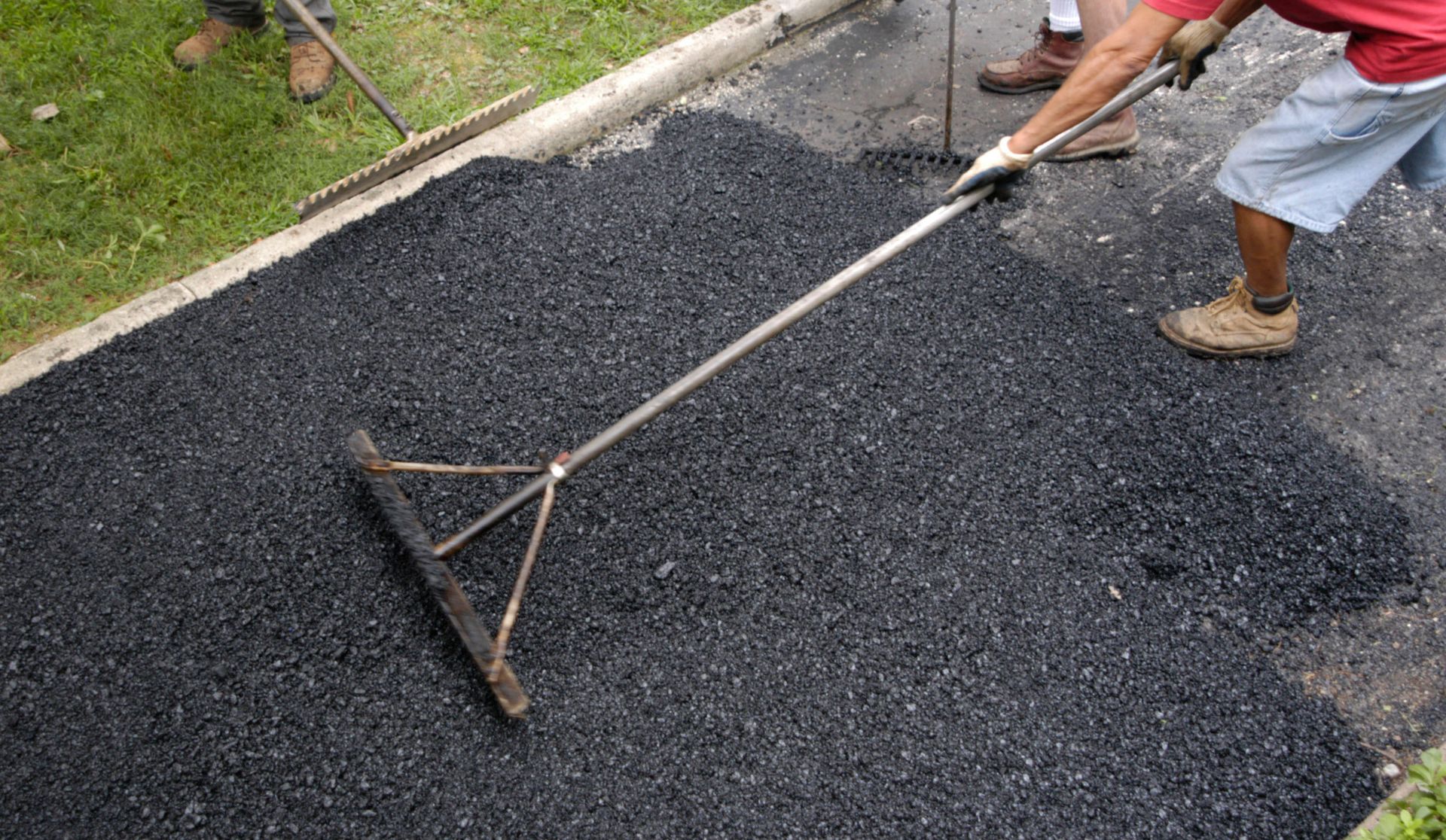
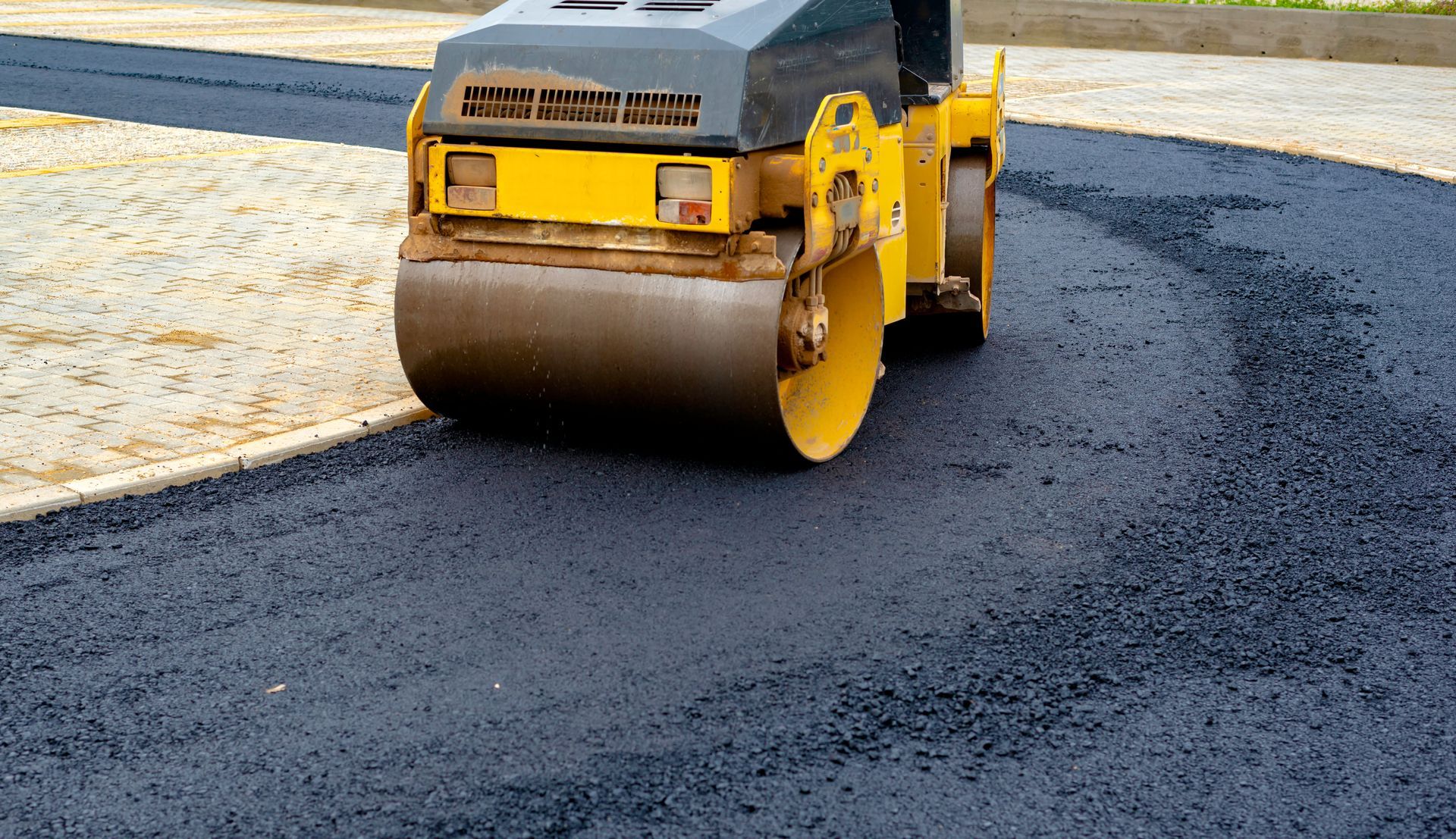
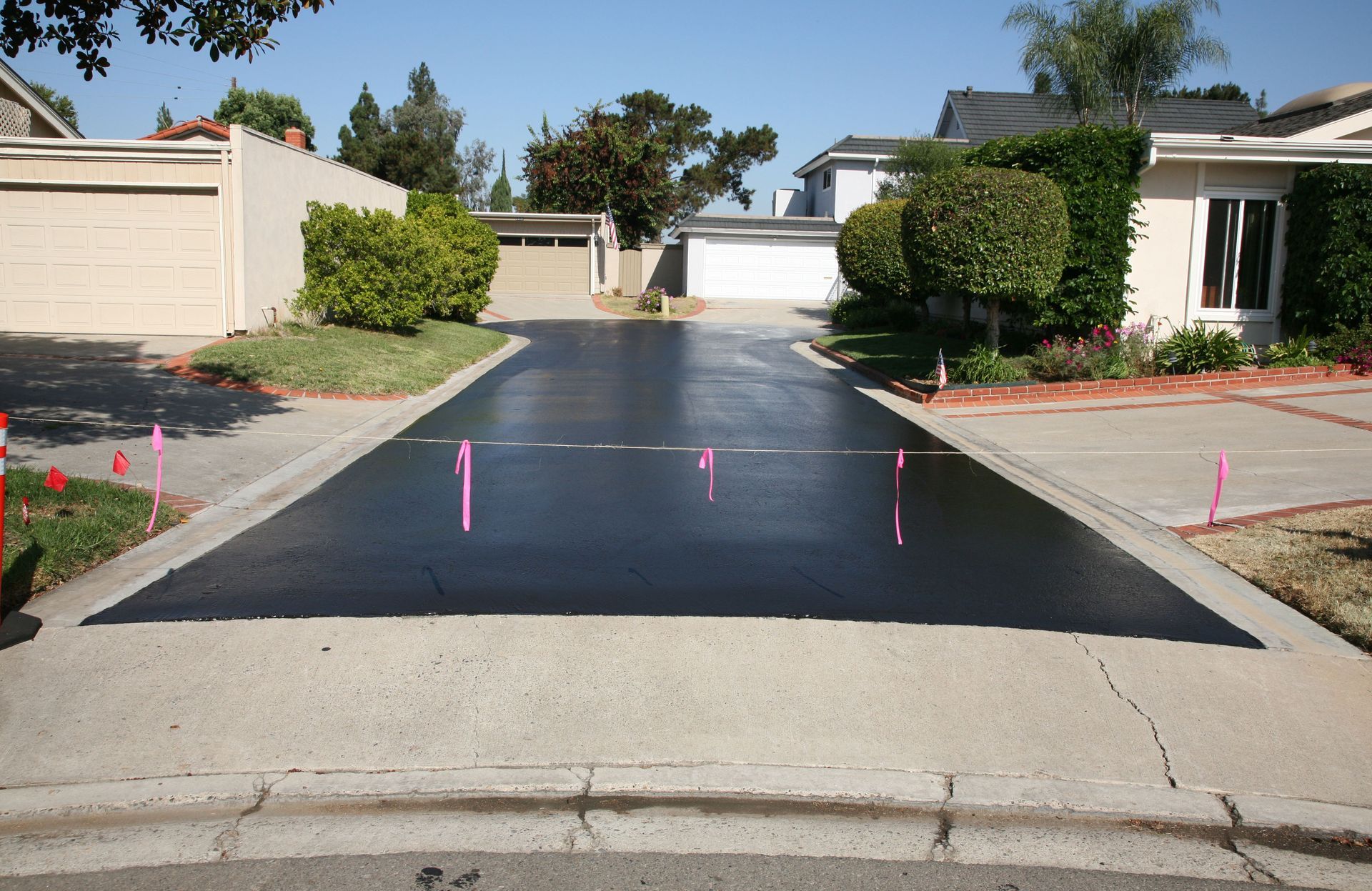
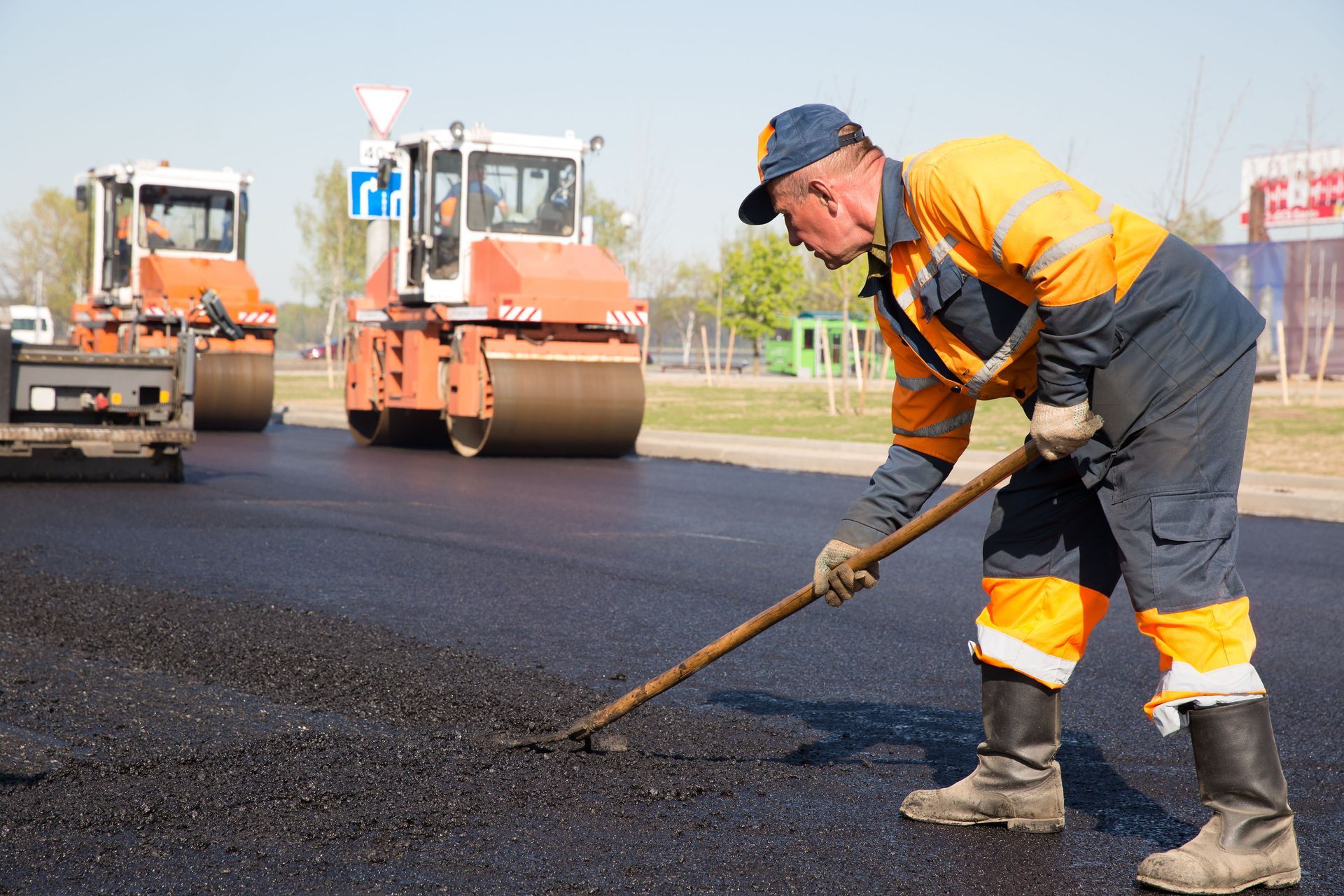


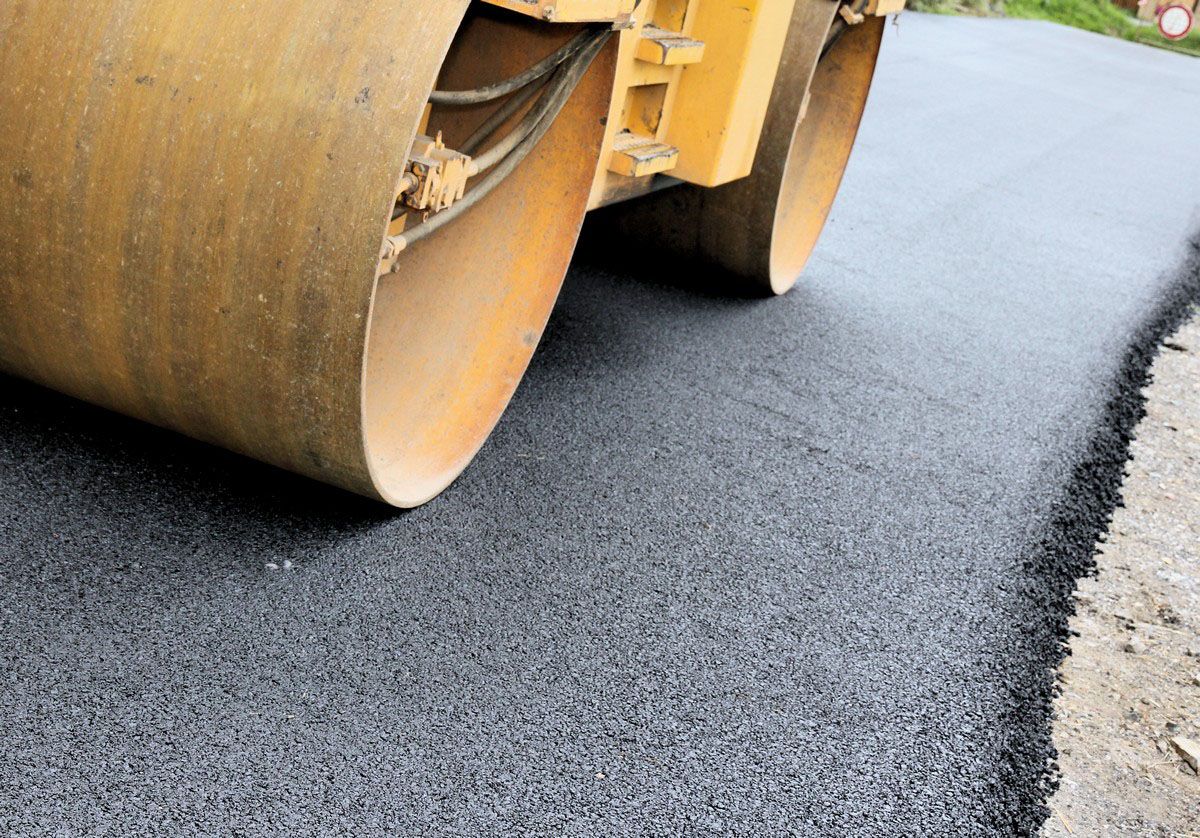
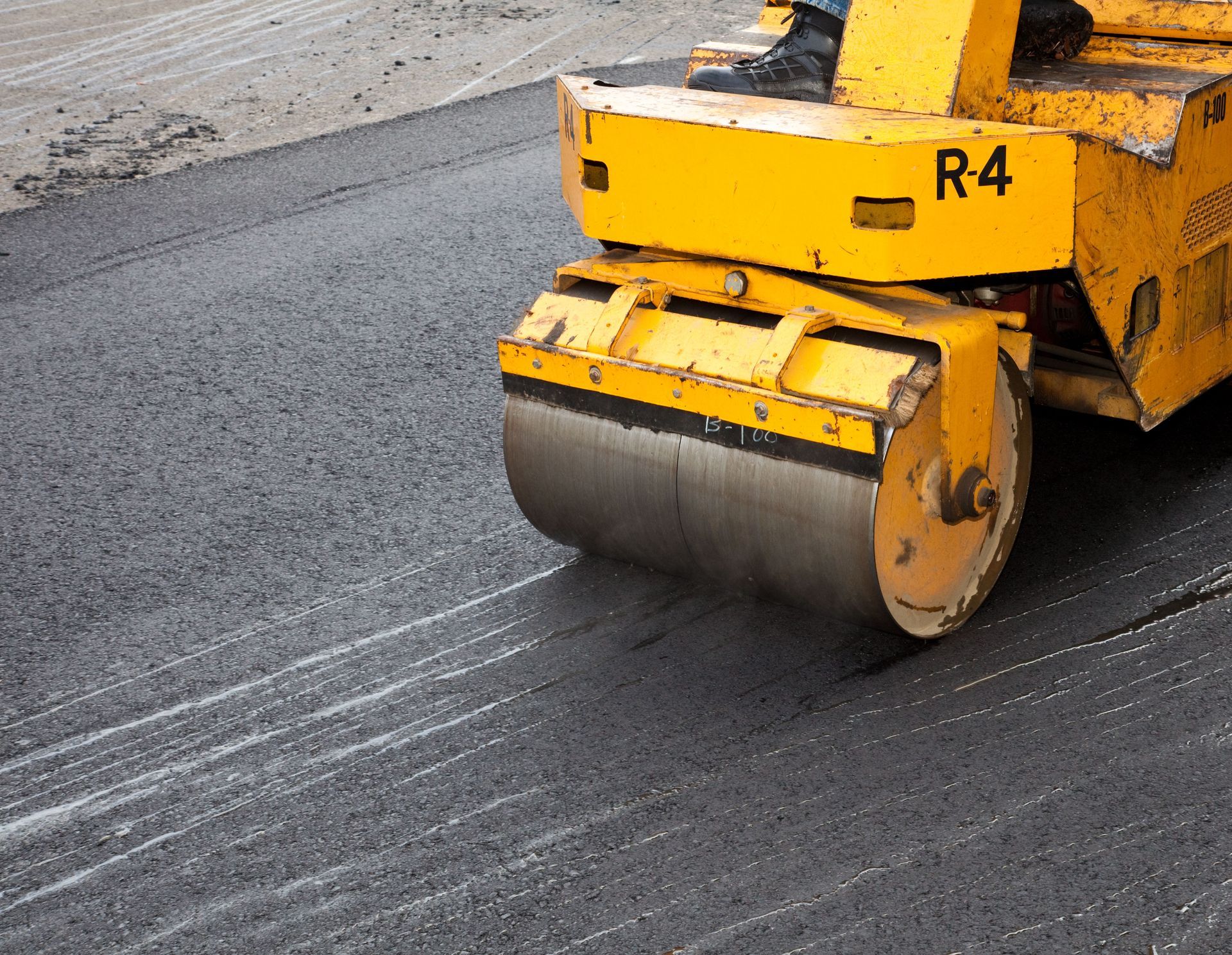
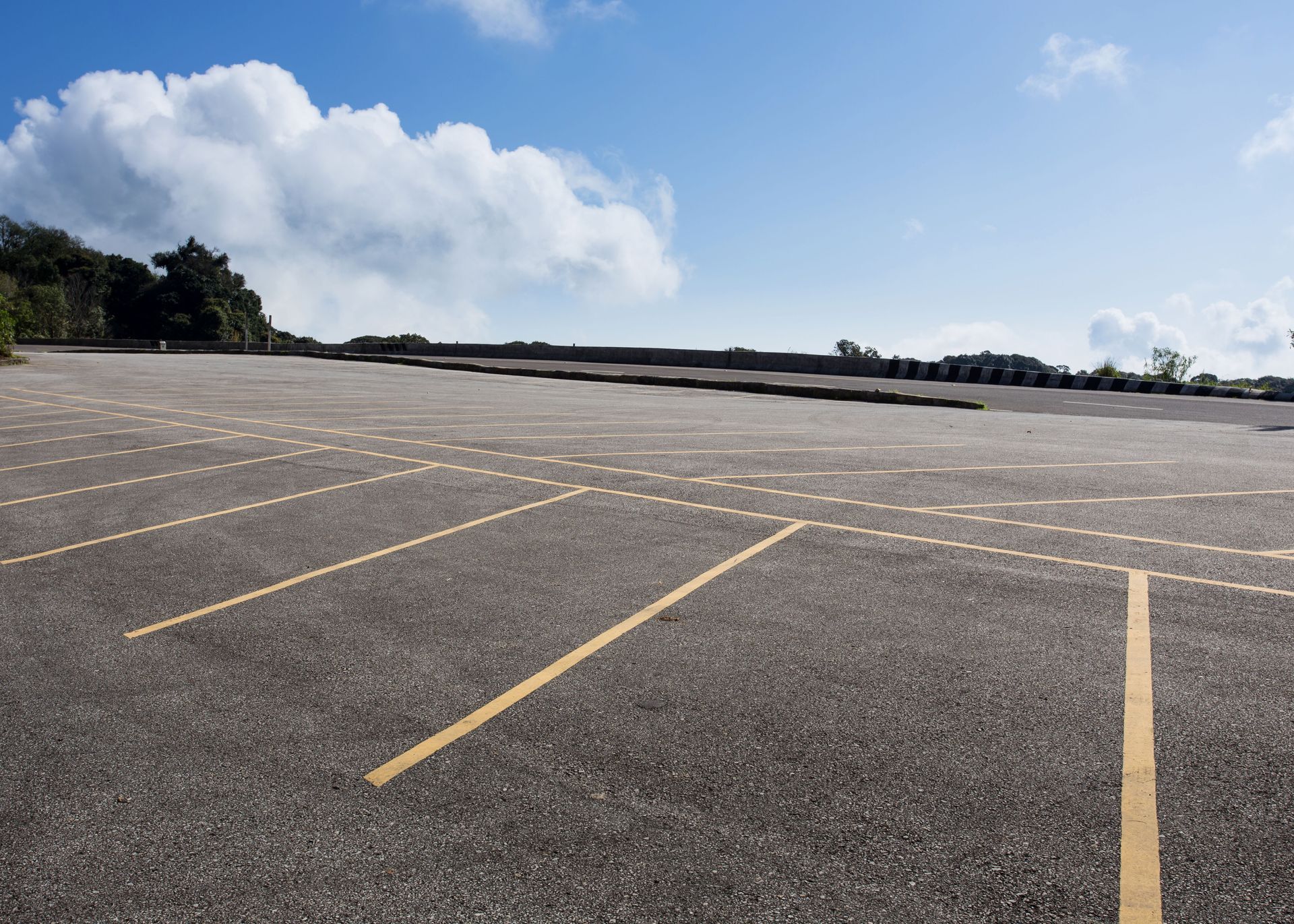
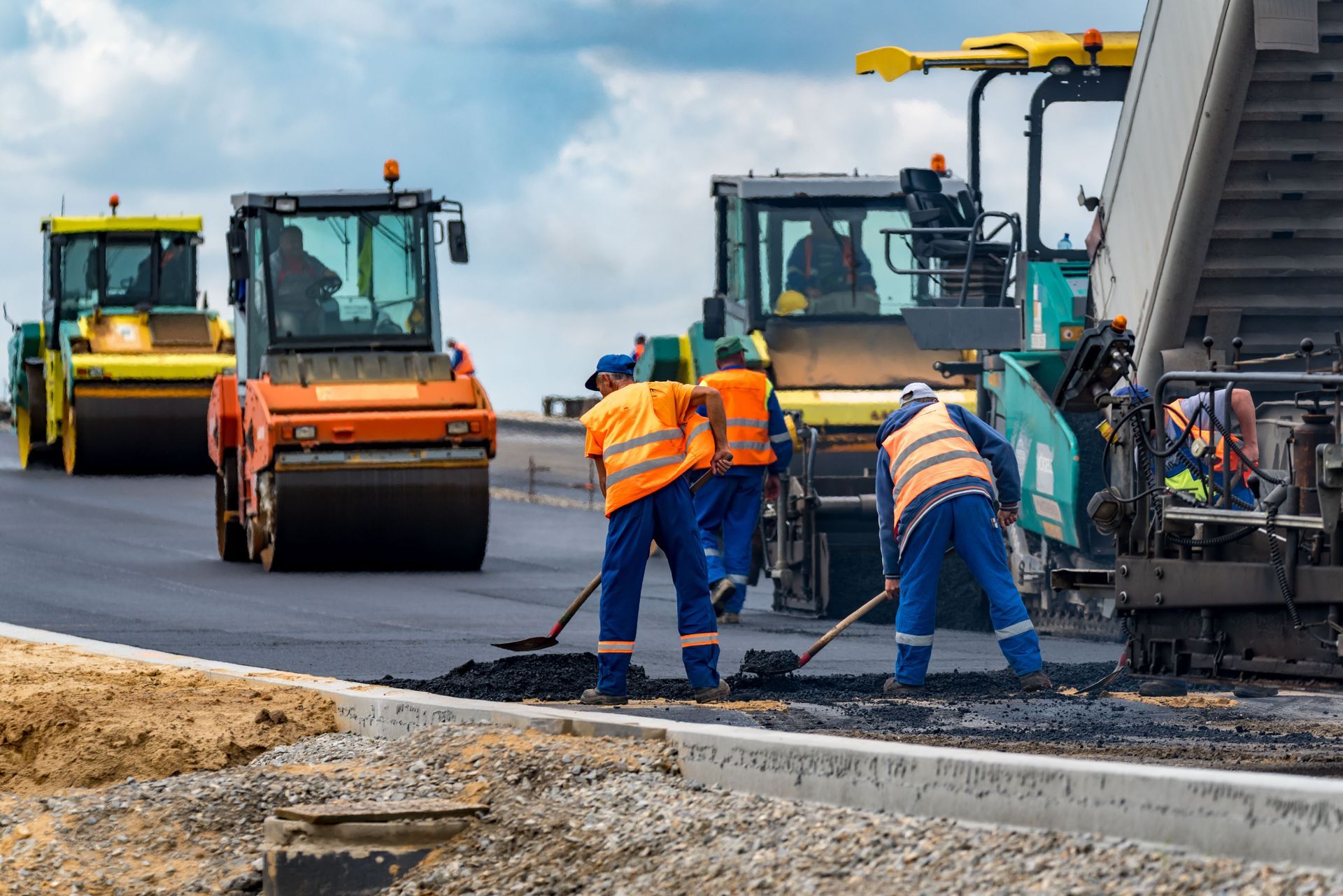
Share On: